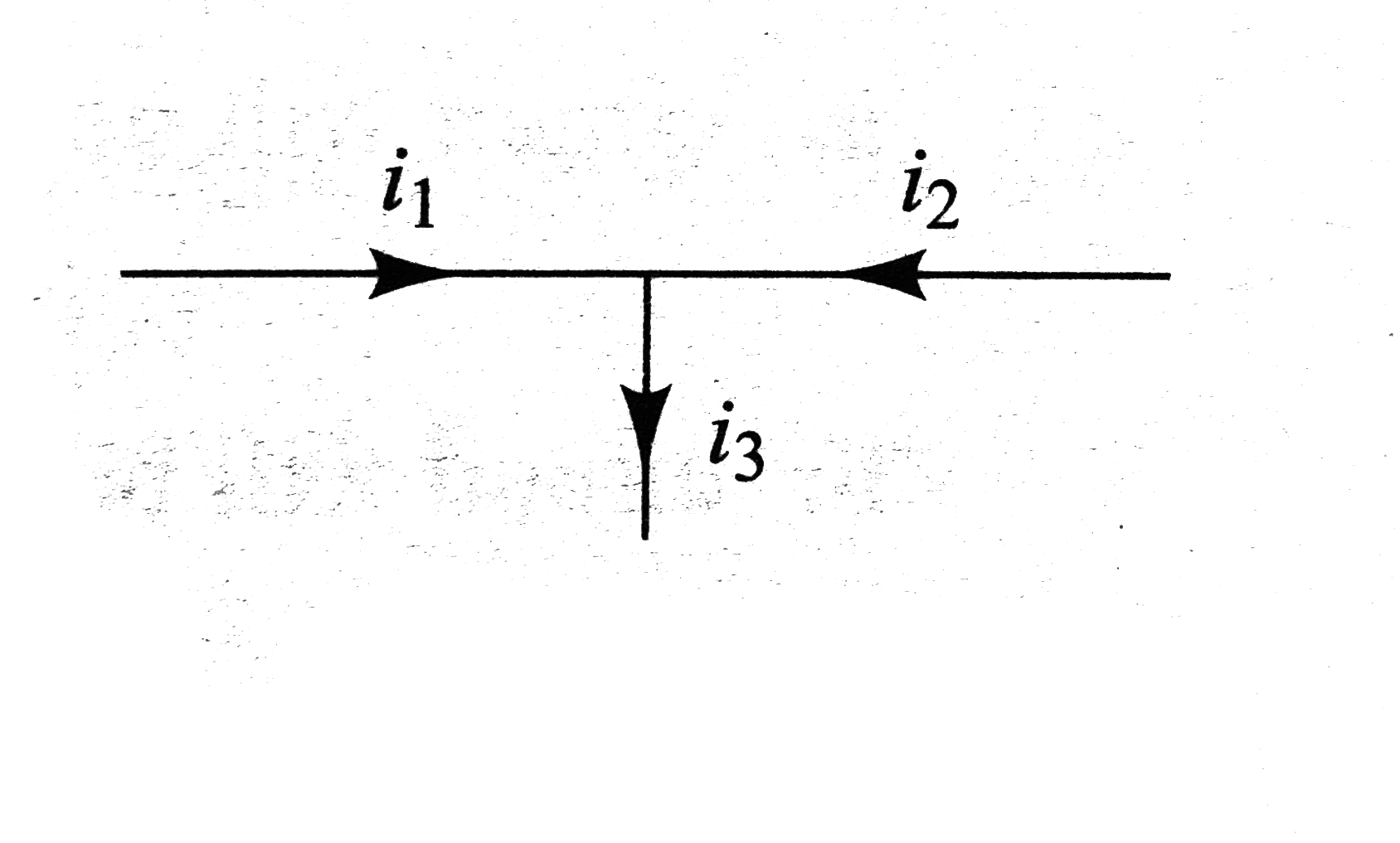If currentI=Kcosωt+Ksinωt, (where K is a constant and t is time), then RMS value of current for one complete cycle is
K√2
√2K
K/2
Zero
To find the RMS (Root Mean Square) value of the current given by the equation I=Kcos(ωt)+Ksin(ωt), we will follow these steps:
Step 1: Rewrite the Current Expression
We can factor out K from the current expression:
I=K(cos(ωt)+sin(ωt))
Step 2: Find the RMS Value Formula
The RMS value of a periodic function I(t) over one complete cycle is given by:
IRMS=√1T∫T0I2(t)dt
where T is the period of the function.
Step 3: Calculate I2(t)
Now we need to calculate I2(t):
I2(t)=(K(cos(ωt)+sin(ωt)))2=K2(cos(ωt)+sin(ωt))2
Expanding this:
I2(t)=K2(cos2(ωt)+2cos(ωt)sin(ωt)+sin2(ωt))
Using the identity cos2(θ)+sin2(θ)=1:
I2(t)=K2(1+2cos(ωt)sin(ωt))
Using the identity 2cos(θ)sin(θ)=sin(2θ):
I2(t)=K2(1+sin(2ωt))
Step 4: Integrate Over One Complete Cycle
Now we will integrate I2(t) over one complete cycle T:
∫T0I2(t)dt=∫T0K2(1+sin(2ωt))dt
This can be separated into two integrals:
=K2(∫T01dt+∫T0sin(2ωt)dt)
The first integral evaluates to T:
∫T01dt=T
The second integral evaluates to zero because the integral of sin over its complete cycle is zero:
∫T0sin(2ωt)dt=0
Thus,
∫T0I2(t)dt=K2T
Step 5: Calculate the RMS Value
Now substituting back into the RMS formula:
IRMS=√1T⋅K2T=√K2=K
Conclusion
Thus, the RMS value of the current for one complete cycle is:
IRMS=K
We can factor out K from the current expression:
I=K(cos(ωt)+sin(ωt))
The RMS value of a periodic function I(t) over one complete cycle is given by:
IRMS=√1T∫T0I2(t)dt
where T is the period of the function.
Now we need to calculate I2(t):
I2(t)=(K(cos(ωt)+sin(ωt)))2=K2(cos(ωt)+sin(ωt))2
Expanding this:
I2(t)=K2(cos2(ωt)+2cos(ωt)sin(ωt)+sin2(ωt))
Using the identity cos2(θ)+sin2(θ)=1:
I2(t)=K2(1+2cos(ωt)sin(ωt))
Using the identity 2cos(θ)sin(θ)=sin(2θ):
I2(t)=K2(1+sin(2ωt))
Now we will integrate I2(t) over one complete cycle T:
∫T0I2(t)dt=∫T0K2(1+sin(2ωt))dt
This can be separated into two integrals:
=K2(∫T01dt+∫T0sin(2ωt)dt)
The first integral evaluates to T:
∫T01dt=T
The second integral evaluates to zero because the integral of sin over its complete cycle is zero:
∫T0sin(2ωt)dt=0
Thus,
∫T0I2(t)dt=K2T
Now substituting back into the RMS formula:
IRMS=√1T⋅K2T=√K2=K
Thus, the RMS value of the current for one complete cycle is:
IRMS=K
Similar Questions
If current I=Kcosωt,(where K is a constant and t is time) then RMS value of current for one complete cycle is
View SolutionA particle moves such that its momentum vector →p(t)=cosωtˆi+sinωtˆj where ω is a constant and t is time. Then which of the following statements is true for the velocity →v(t) and acceleration →a(t) of the particle :
View SolutionIf i=t2,0<t<T then r.m.s. value of current is
View SolutionIf i1=3sinωtand(i2)=4cosωt, then (i3) is

View Solutionr.m.s. value of current i=3+4sin(ωt+π/3) is:
View SolutionA particle moves so that its position vector is given by →r=cosωtˆx+sinωtˆy, where ω is a constant which of the following is true ?
View SolutionA particle moves so that its position vector is given by →r=cosωtˆx+sinωtˆy, where ω is a constant which of the following is true ?
View SolutionFor a particle moving in the x-y plane, the x and y coordinates are changing as x=a sin ωt and y=a(1−cosωt), where 'a' and ω constants. Then, what can be inferred for the trajectory of the particle ?
View SolutionThe current is given by i=i0+i0 sin omega t then its r.m.s value will be
View SolutionCurrent in an ac circuit is given by I=3sinωt+4cosωt, then
View Solution